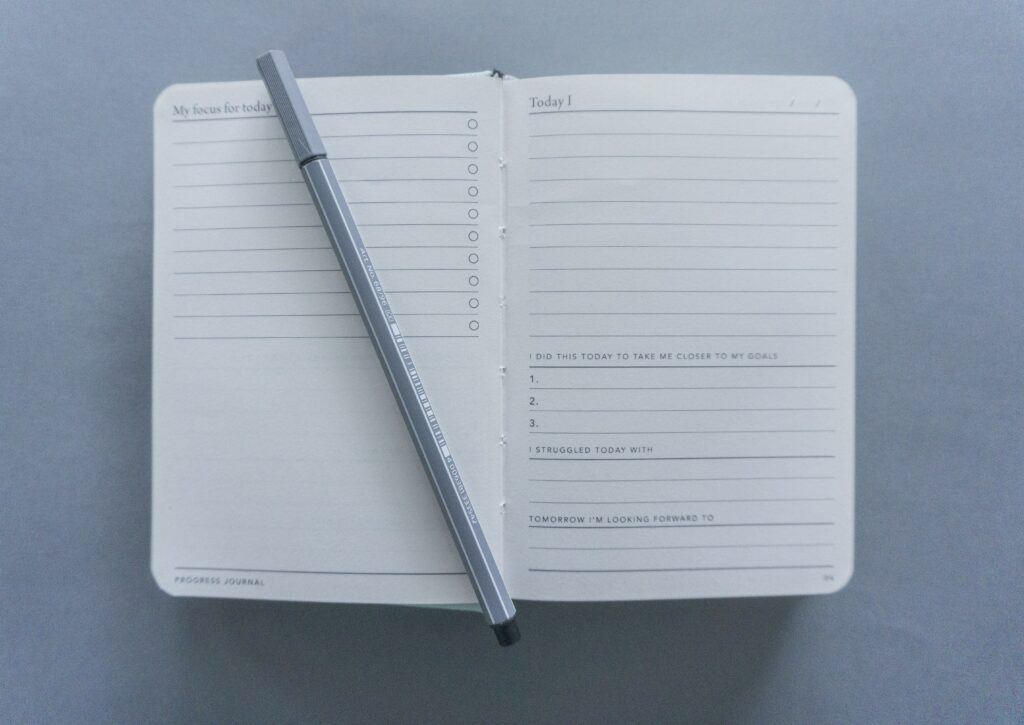goal setting
Crafting Success: Plan Your Work and Work Your Plan
Success begins with a plan.
When you plan your work, you outline a clear path to your goals.
Clarity is key.
Define what you want to achieve.
Break it into manageable steps.
Prioritize tasks that drive you forward.
Now, work your plan.
This means exercising non-compromising grit, no matter the obstacles.
Focus on execution.
Consistency is your ally.
Adapt as needed, but never lose sight of your destination.
Planning and action are equally important.
A plan without action is fantasy. Action without a plan is chaos.
Think of the plan as a roadmap.
It guides you.
Regularly review and adjust.
Celebrate small wins.
It’s key and fuels your momentum.
Stay disciplined.
Success is a marathon, not a sprint.
In business, these principles are vital.
They transform ideas into realities.
They separate wishful thinking from tangible results.
Planning anchors your vision.
Execution propels you towards it.
Together, they turn dreams into achievements.
This balance fosters growth and resilience.
A strategic approach maximizes potential.
Embrace both planning and action.
They are your keys to the kingdom of success.
“Success is found in the harmony of planning and executing.” – Mike Brewer
Share this:
Self-sabotage is REAL.
You set goals and envision your success, yet you somehow end up off-track. Self-sabotage manifests as procrastination, doubt, and distraction.
Why do you undermine your efforts?
It stems from fear—fear of failure but also fear of success.
Recognizing this silent enemy is the first step toward punching it in the gut and moving on or through.
Once you see the pattern, you can break it.
Replace hesitation with action, fear with faith, and distractions with focus.
Embrace your potential.
Fun fact: your biggest obstacle is often yourself.
“Your success is only as strong as your belief in it.” – Mike Brewer Share on XShare this:
Expect Results, Celebrate Successes: The Path to Achieving Results
I believe in setting high expectations and rigorously pursuing results.
The path to any goal is paved with anticipation and work.
Celebrating successes, no matter how small, keeps things interesting.
It reminds you that progress, in any form, is a step in the right direction.
"Anticipation and celebration are the two sides of the same coin. One sets the stage, the other honors the effort." -Mike Brewer Share on XIt’s a small mindset shift with a huge impact on transforming how we approach our goals.
Recognize each milestone, and find joy in the accomplishment.
It’s about seeing success for ourselves, where each achievement lays the foundation for the next.
Expect great things from yourself, then do what it takes to make them happen.
Share this:
Embracing Routine: The Ambitious Path to Success

Photo by Daria Nepriakhina 🇺🇦 on Unsplash
A luminary in literature, W.H. Auden once eloquently stated, “Routine, in an intelligent man, is a sign of ambition.” This aphorism, seemingly simple at its core, unfolds layers of profound meaning when dissected. It suggests that adopting routine by a person of intelligence is not a mundane act but a deliberate strategy toward achieving greater ambitions.
The Psychology of Routine and Ambition
This concept’s heart lies in the psychological interplay between routine and ambition. Routine, often perceived as the antithesis of creativity and spontaneity, is a powerful tool for the ambitious. It provides a framework that frees the mind from decision-making chaos, allowing one to focus on higher-order thinking. The mental bandwidth saved by automating trivial decisions can be redirected toward creative and strategic pursuits.
Structured Habits as a Ladder to Success
The journey from routine to success is akin to climbing a ladder, with each rung representing a structured habit. These habits, mundane as they may seem, cumulatively build a strong foundation for achieving lofty goals. For instance, a routine as simple as waking up early and dedicating the first hour to uninterrupted work can lead to significant productivity gains over time.
Integrating Effective Routines into Life
One must be mindful of the exercises they adopt to harness the power of routine. The key is identifying activities that align with one’s goals and embedding them into daily life. This integration requires discipline and commitment but pays dividends through progress and achievement.
The Role of Discipline in Routine
Discipline is the bedrock of routine. It’s the force that keeps one committed to their daily habits, even when motivation wanes. The disciplined pursuit of routine ensures consistency, vital for long-term achievement. As routines become ingrained, they become automatic behaviors, requiring less effort.
Case Studies: Successful Individuals and Their Routines
History is replete with examples of successful individuals who relied heavily on routines. From artists to scientists, the common thread is their dedication to structured habits. For instance, Albert Einstein famously had a daily walk, an exercise that cleared his mind and stimulated creative thinking.
Balancing Routine with Flexibility
While routine is crucial, balancing it with flexibility is equally important. Rigid adherence to exercise can become counterproductive, leading to burnout and stifling creativity. The intelligent incorporation of flexibility allows one to adapt to changing circumstances while maintaining the core structure of their routine.
Routine as a Reflection of Ambition
Routine, in the context of ambition, is not about restricting freedom but about channeling one’s efforts efficiently. Ambitious individuals understand that a routine is a tool to approach their goals systematically. It’s a conscious choice to prioritize long-term achievement over short-term gratification.
Technology’s Role in Enhancing Routines
Technology is crucial in optimizing routines. Technology offers numerous ways to streamline tasks and track progress, from productivity apps to AI-powered tools. Embracing these technological advancements can significantly enhance the effectiveness of one’s routine.
Overcoming the Stigma
There’s a prevalent stigma that routine equals monotony. However, this perspective overlooks the empowerment that well-crafted routines provide. Recognizing that routine is not about limiting life’s spontaneity but about creating space for focused growth is essential.
The Contrarian View:
Contrarian views argue that routine can be a limitation, potentially stifling creativity and spontaneity. At the same time, it’s a valid concern that the intelligent use of routine counterbalances this by providing structure without impeding creative freedom.
Routine and Mental Health
Routine also plays a significant role in maintaining mental health. A structured daily life provides stability and predictability, comforting in an ever-changing world. This stability is crucial for mental well-being and can enhance overall life satisfaction.
Implementing: A Step-by-Step Guide
- Define Your Goals: Clearly articulate your goals through your routine.
- Identify Key Habits: Determine the habits that directly contribute to your goals.
- Start Small: Begin with manageable changes to avoid overwhelm.
- Consistency Over Intensity: Focus on maintaining your routine consistently rather than its intensity.
- Track Progress: Use tools and methods to monitor your adherence and progress.
- Evaluate and Adjust: Regularly assess your routine and make adjustments as needed.
To sum up, W.H. Auden’s assertion that routine is a sign of ambition in an intelligent individual holds profound truth. Routine, when intelligently crafted and followed, becomes a catalyst for achieving greatness. It’s the secret weapon of the ambitious, a steady drumbeat guiding them towards their ultimate goals.
#RoutineSuccess, #AmbitionPath, #DailyHabits, #ProductivityTips, #MentalHealth, #GoalSetting, #SuccessMindset, #LifeHacks, #TechnologyTools, #CreativeRoutine
Share this:
Visualization in Achieving Your Goals
The Role of Visualization in Achieving Your Goals

Photo by Markus Winkler on Unsplash
Visualization can be a powerful tool when it comes to achieving your goals. By visualizing yourself completing a task or reaching a goal, you can increase your motivation and focus and improve your performance.
Visualization works by activating the same areas of the brain as if you were performing the task or achieving the goal. When you visualize yourself doing something, your brain sends signals to your muscles, preparing them for the task ahead. This is why athletes and performers often use visualization to rehearse their routines before a competition or performance.
But visualization isn’t just for athletes and performers. Anyone can use it to achieve their goals. Whether you’re trying to hike a small mountain, save for a vacation, or get a well-deserved promotion, visualization can help you stay motivated and focused on your goal.
Here are a few tips on how to use visualization to achieve your goals:
- Be specific: When visualizing your goal, be as specific as possible. Instead of just visualizing yourself as “being successful,” picture yourself in specific situations, such as giving an excellent presentation or running a marathon.
- Make it real: Use as many senses as possible when visualizing your goal. Imagine how it feels, smells, and tastes when you achieve it. This will help make your visualization more realistic and effective.
- Do it consistently: The more often you visualize your goal, the more powerful it will become. Make it a daily habit to spend a few minutes visualizing yourself achieving your goal.
- Act: Visualization is a great tool for motivation and focus, but it’s not enough. You also need to take action toward your goal. After visualizing, plan and take the necessary steps to achieve your goal.

